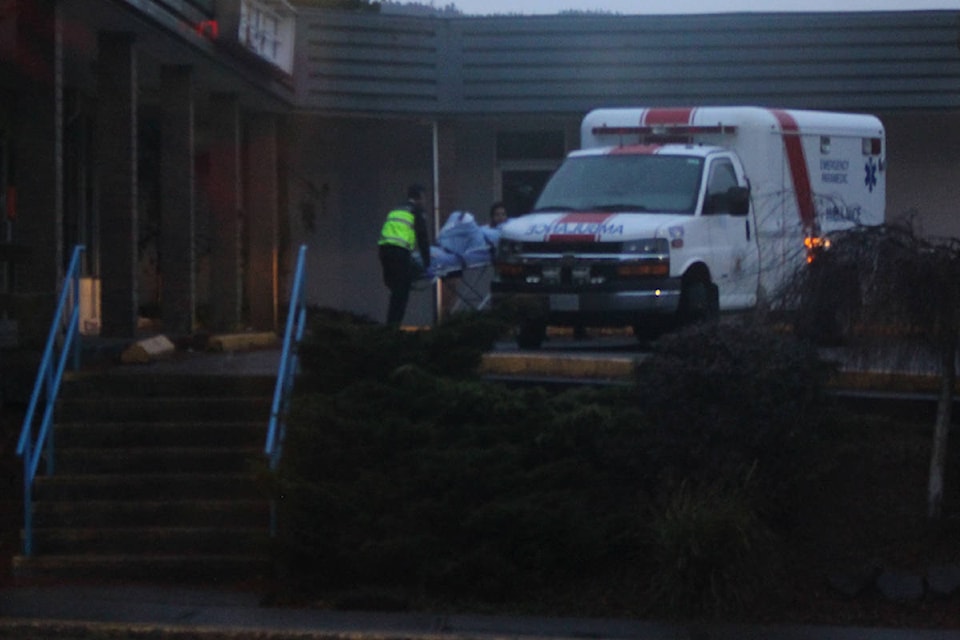Public intoxication was the topic of a frank and open discussion between 18 professionals from across Port Hardy’s health and social services organizations.
The Feb.19 working-lunch meeting was held in the District of Port Hardy’s council chambers, and was hosted by the Mount Waddington Health Network as a follow up on a delegation to Port Hardy council last year, where Dr. Greg Kutney raised concerns over the ongoing public intoxication issue in Port Hardy.
The working lunch meeting was chaired by Annemarie Koch who was filling in for Chris Parker, Coordinator of the Mount Waddington Health Network.
Dr. Kutney, Coun. Pat Corbett-Labatt, Coun. Fred Robertson, Staff Sgt. Wes Olsen, and Corp. Chris Voller, were among the attendees.
“Today’s meeting is to do the initial steps to try and set up a framework to make the community a safer place,” explained Corbett-Labatt.
Michael Winter,the Community Ministries Supervisor for the Salvation Army’s Lighthouse Resource Centre, gave a brief presentation on the sobering assessment overnight program, which provides a safe space for intoxicated adults in the community and currently has six spaces year round and six additional spaces during cold weather months.
“We are in the infancy of the program,” explained Winters, adding, “there is a social problem here, we are a support but it’s not a solution. I’m glad everyone is here today putting all heads together because we need it.”
After Winter finished his presentation the discussion offically began, and a note pad and pen was passed around for anyone who did not feel comfortable speaking out loud.
The RCMP representatives spoke about the legal parameters on mild public intoxication and the procedures they must follow. “We are a bandaid solution right now,” noted Staff Sg. Olsen during the discussion.
The main points the group discussed were managed alcohol, which is harm reduction treatment for chronic alcoholism for high risk individuals, and how important it is to provide services and opportunities for youth.
They also discussed a list of people, including youth representatives, who were not present at the meeting, but who should be invited to the following meeting.
Koch identified that the three potential talking points for the next meeting would be a continued discussion on managed alcohol, youth opportunities, and the most significant friction points and what could be done to address them.
“Is it too soon to start asking what we can do to work together?” asked Koch, before the group agreed to meet again in late March to discuss next steps.
